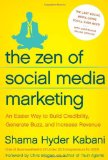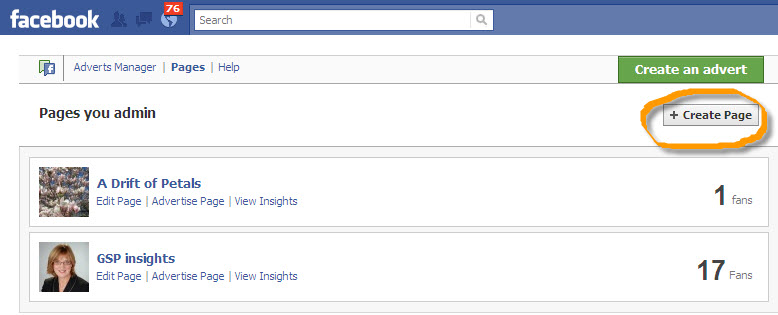As many of you probably know, Google announced last week that it was ending development of Google Wave – not a complete surprise – in fact in truth I, like many others, had forgotten  all about it. It sounded so promising when it first appeared but never really gained traction. It was supposed to replace email and IM but it didn’t interact with any of those platforms, even Google’s own Gmail and I don’t think anyone was really clear what it was supposed to do. Jonathan Bailey posted the 5 lessons from Google Wave for the rest of us over at Blogging Tips which are worth bearing in mind. You can read some extracts below:
all about it. It sounded so promising when it first appeared but never really gained traction. It was supposed to replace email and IM but it didn’t interact with any of those platforms, even Google’s own Gmail and I don’t think anyone was really clear what it was supposed to do. Jonathan Bailey posted the 5 lessons from Google Wave for the rest of us over at Blogging Tips which are worth bearing in mind. You can read some extracts below:
1. No Man is an Island
No one is an island unto themselves, especially on the Web. Network with blogs in your field, link and quote them and leave comments on them. “Interfacing” with other sites encourages people to read yours as they read others.
2. Let the People In
Wave was unveiled in small “waves” of invites which hurt its ability to find a niche. By the time it went public, the enthusiasm had died down. Lesson: Don’t turn people away, open the door to conversation and participation. This is especially true in comments. The fewer barriers you place to a particular action, the more people who will take it. Open your doors wide and welcome all of those who want to visit.
3. State Your Purpose
Few understood what Google Wave was supposed to do or what it was useful for. This made Wave a really cool piece of technology without a real problem to solve and that meant users were impressed by it but really didn’t have a place for it. Lesson: Explain what your site is about and do so very clearly. Put it in the domain if you can or, at the very least, make it the first thing your readers see. Tell them what need you will fill and then fill it very well.
4. Speed Matters
One of the more common complaints about Google Wave was that it moved slow, especially in certain browsers. Lesson: Focus on speed. Do a good speed test on your site, put it on a diet and make it as fast as possible. A fast site gives people a good impression and that is an impression that lasts a long time.
5. Marketing, Marketing, Marketing
After its initial launch and feeding frenzy, not a lot was done to really promote or push the service. Most barely even noticed when Wave was opened up to the public in May. Lesson: Never stop promoting or marketing, you have to do it even if it is just to maintain momentum, let alone increase it. Always stay on top of your marketing game and be trying new things, never rest on your laurels.





 have a cartoons of the week series. Here’s the link to
have a cartoons of the week series. Here’s the link to


